Projects

On July 16, 2022, the U.S. transitioned to 988—a 3-digit code for people to reach the National Suicide…
Read More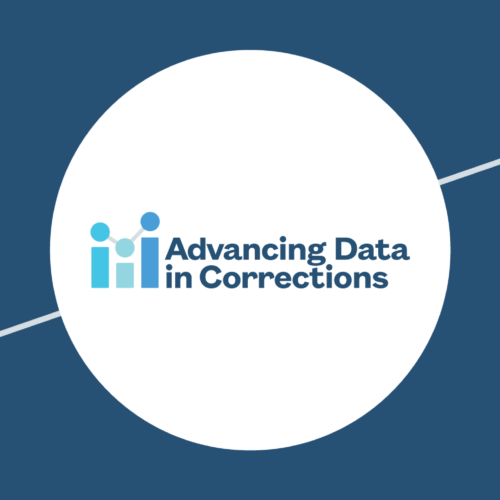
Corrections agencies face pressing challenges, including crowding, workforce shortages, and a significant need for mental health and substance…
Read More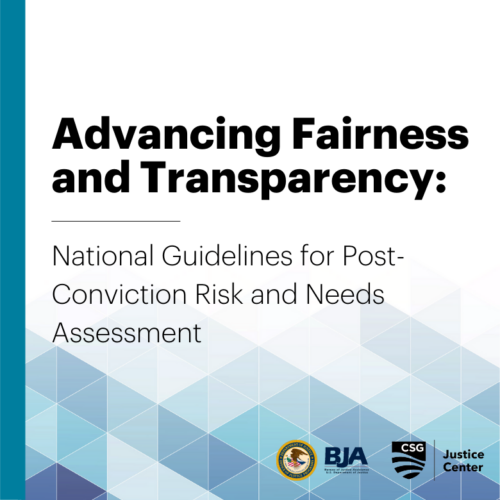
The 13 National Guidelines for Post-Conviction Risk and Needs Assessment were developed to fill a critical gap in…
Read More
A state policy tool for supporting local systems change at the intersection of criminal justice and behavioral health
Read More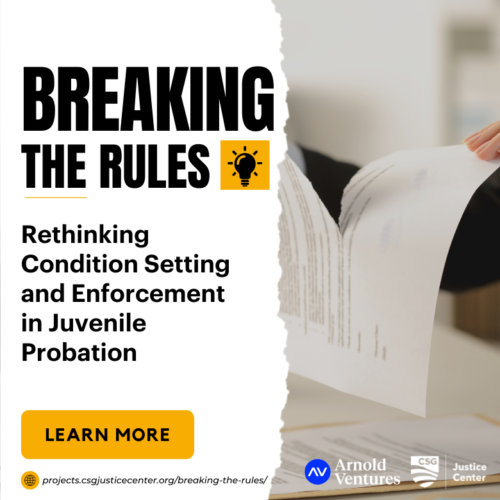
The Breaking the Rules toolkit can help juvenile probation agencies, courts, and their key partners work together to reform their…
Read More
Free training, resources, and support to communities wanting to improve outcomes or enhance current responses for people in…
Read More
Adolescents nationwide are facing mental health, education, public safety, and community violence challenges, while public systems struggle to…
Read More
State budgets are facing significant shortfalls as a result of COVID-19, a trend that could continue for the…
Read More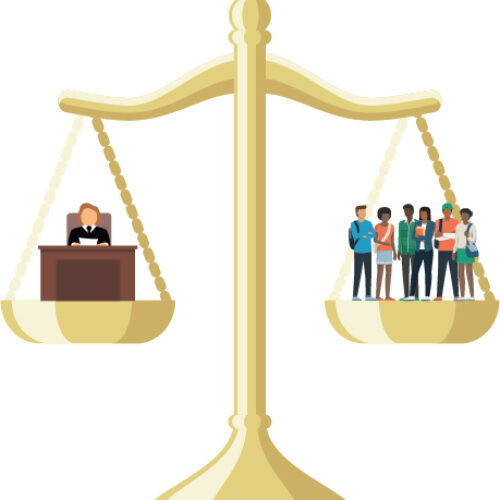
Juvenile court judges are the most important public figures in the juvenile justice system—their decisions impact whether hundreds…
Read More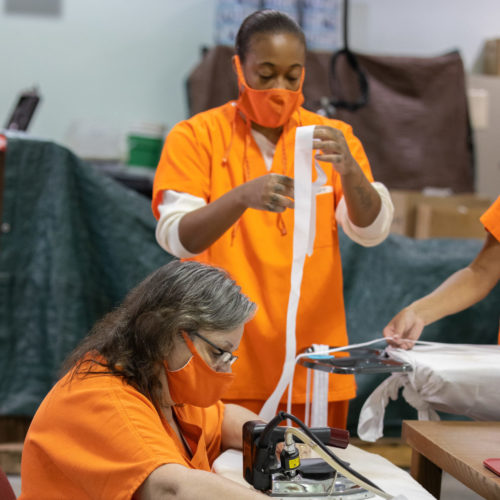
The latest COVID-19 developments and resources for governments officials.
Read More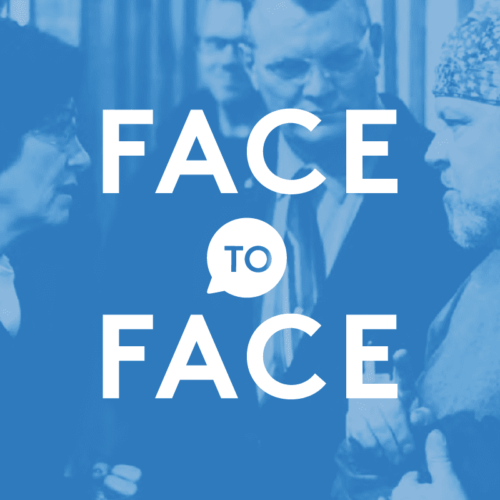
Face to Face creates meaningful interactions between policymakers and people who have firsthand experience with the criminal justice…
Read More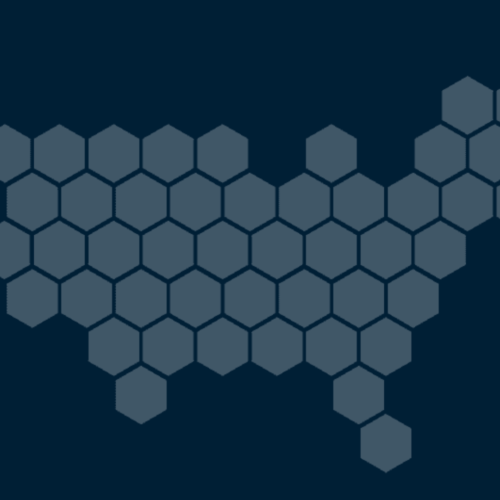
Nearly one in four jobs in the U.S. require a government-issued license. Yet many people with a criminal…
Read MoreLoading...










